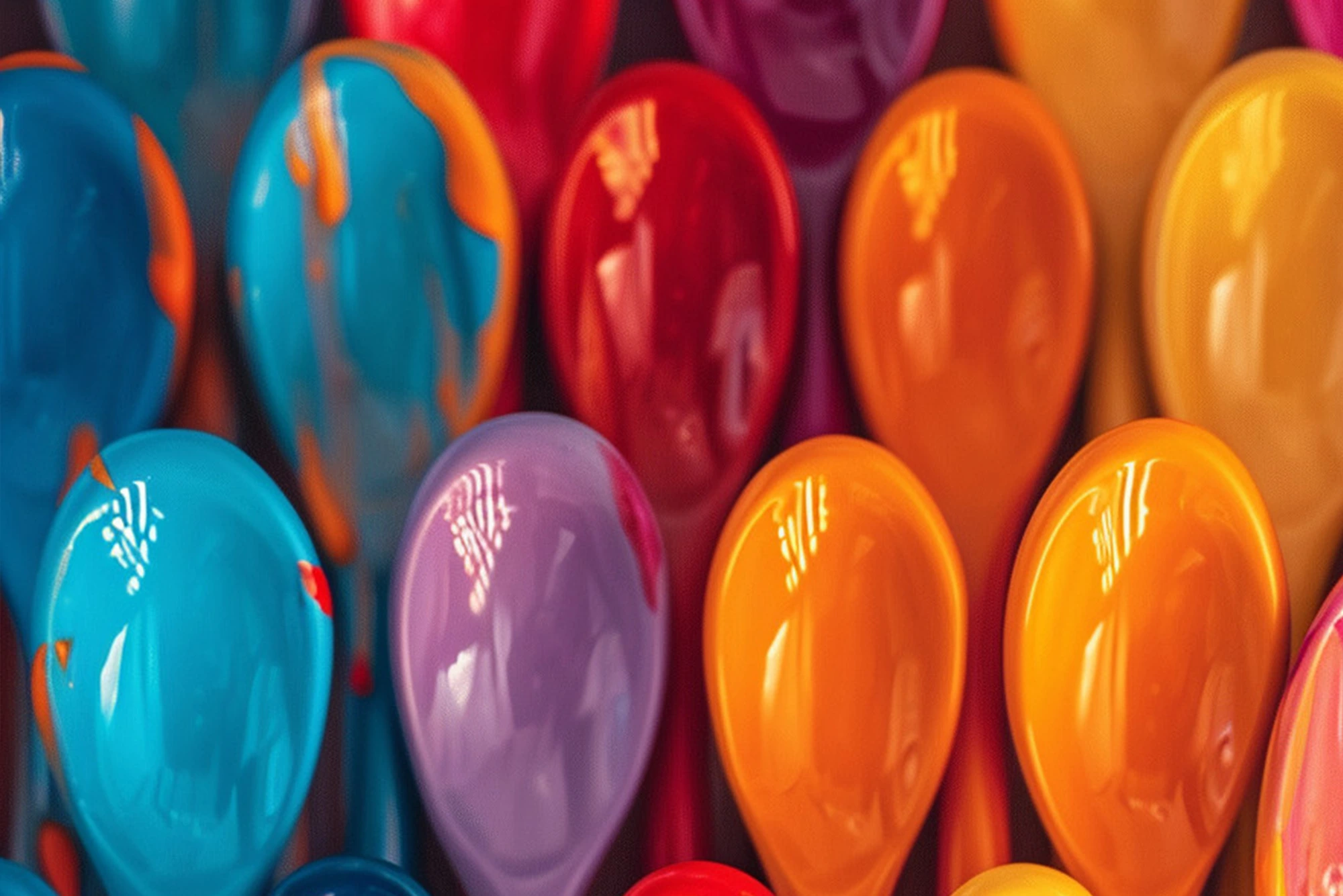
C-187 Hosiery Complex, Phase-II Extn.,Gautam Budh Nagar
Noida, Uttar Pradesh 201305
0120-4558356
+91 9910199628
Noida, Uttar Pradesh 201305
+91 9910199628
BD Plasto Films
April 30, 2018
The most common application of masterbatch is the colouring of plastic materials. In our previous blog we had discussed how masterbatch is the most effective method for colouring plastics. When producing filament to match the colour of an existing end product, there can be a large number of components that affect the final colour. Today, we shall discuss how the desired colour may be achieved whether it is for branding or for aesthetic appearance.

A specific colour production would necessitate attention to details at all level. The final masterbatch colour will depend on
Each of these steps would result in different levels of masterbatch being used in each process to produce the same result, and has to be considered in the masterbatch formulation
Another important factor to be taken into consideration is the optimum use of both internal as well as external lubricants to reduce frictional forces between the polymer molecules and/or the pigment. This generally aids dispersion and lubricates the melt flow (increase ’flow’ at lower temperatures).
The above steps will ensure the production of high quality masterbatch but the end user application will also need optimum utilization of masterbatches to attain the desired product. Every manufacturer aims at the best product and a close collaboration between masterbatch manufacturer and user is the key requirement for the highest quality of plastics
Offering complete range of masterbatches for all major applications like packaging materials, color solutions, agricultural and household products..